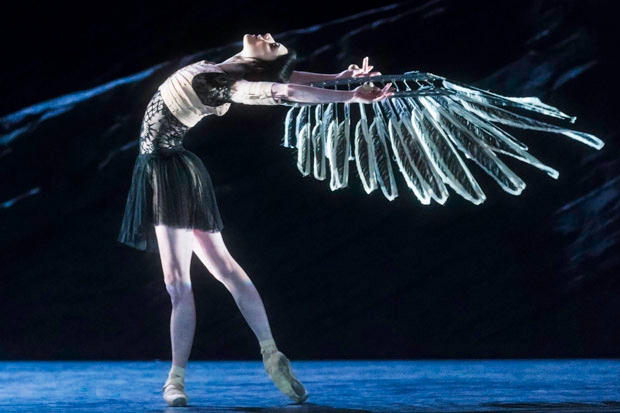The love that asks no questions, the love that pays the price… The amount of unconditional love sloshing about at the Royal Ballet for choreographers and dancers is making this autumn in Bow Street a test of loyalty. At his season press conference Royal Ballet artistic director Kevin O’Hare smilingly promised us that the 2020 season might contain only works made in the past ten years. God preserve us.
Two of the autumn’s three bills so far have been mixed programmes dominated by new or recent in-house contemporary ballets, and only Liam Scarlett’s Viscera, in the current bill, should be longlisted for 2020. The rest should be longlisted for other qualities: Wayne McGregor’s Raven Girl for inelegance, Alastair Marriott’s Connectome for insipidity, and now Carlos Acosta’s Carmen for incoherence. What does an artistic director do, exactly? Direct the art? Or indulge the artists?
We all love Acosta the dancer, with his super-gentlemanly manners and super-ungentlemanly twinkle. It’s tempting to set aside his clunky 2013 Don Quixote (and a few other things), and just think about all the parties we’ve had with him on stage as he takes his final bow this month. But he has been proving he is no good at dramatic choreography for quite some time. The disaster of his Carmen has been written in the cards, en vain pour éviter.
Watching it is very confusing, as if its maker had thrown in every influence he’s danced or seen, a sort of Instagram of choreographic selfies and diary mash-ups. Here are step motifs from favourites like Diana and Actaeon and Mayerling, Cuban-style Fame-school ensembles, an opening scene nodding neatly at The Full Monty, a 30-second flash of a fabulous floor of plastic roses like Pina Bausch’s Nelken meets the Tower of London installation.








Comments
Join the debate for just £1 a month
Be part of the conversation with other Spectator readers by getting your first three months for £3.
UNLOCK ACCESS Just £1 a monthAlready a subscriber? Log in